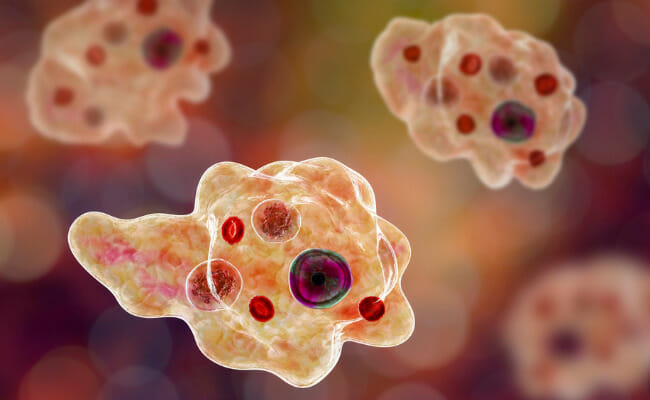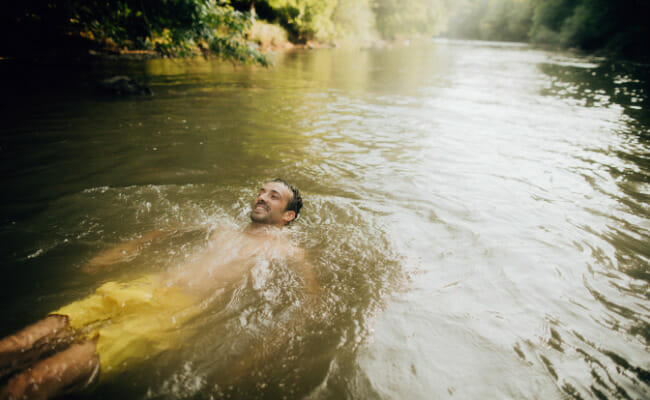A rare brain-eating amoeba killed boy who swam in Lake Mead
A boy from Nevada died from an infection caused by a brain-eating amoeba, Naegleria Fowleri. It happened last month, according to the local authorities in Nevada.
On Wednesday, Southern Nevada Health District reported that the investigation showed that the boy was exposed to the brain-eating amoeba on the Arizona part of Lake Mead in October. However, the minor only showed symptoms after one week of the Lake Mead trip.
Local health officials didn’t disclose the boy’s name, but they identified him as a male under 18 years old. Southern Nevada’s District Health Officer, Dr. Fermin Leguen, said, “My condolences go out to this young man’s family. While I want to reassure the public that this type of infection is extremely rare, I know this brings no comfort to his family and friends at this time.”
What is the brain-eating amoeba?

Naegleria fowleri is an amoeba common in warm freshwater bodies such as rivers, lakes, and hot springs. It can infect individuals once they have entered the human body through the nose. It will then travel to the brain.
Moreover, the US CDC confirmed that it is also a type of “a free-living” amoeba that can cause primary amebic meningoencephalitis. It is a severe brain disease and infection of the central nervous system.
According to health officials, such infections are rare, but it is “almost always fatal.” In addition, the brain-eating amoeba can’t infect people when swallowed or if it enters the mouth. Moreover, the amoeba isn’t capable of spreading to other persons.
Symptoms of Brain-eating Amoeba
A person will normally show symptoms five days after the infection. But it varies on the case as some symptoms can manifest as early as one day after or as long as 12 days after. The CDC said that when infected with this amoeba, a person will start to have fever, headaches, and nausea.
An assistant research scientist at the University of Georgia’s College of Pharmacy, Christopher A. Rice, told USA TODAY, “Patients have succumbed between one-day post-symptoms up to between 13 to 15 days post-symptoms.”
However, most patients are not diagnosed earlier, leading to a more serious condition. Rice added that very few people survive the infection due to poor therapeutics and diagnosis. Furthermore, brain-eating amoeba infections are often mistreated as viral or bacterial meningitis because they exhibit the same symptoms.
How to avoid brain-eating amoeba
Since the source of Naegleria fowleri are soil and warm bodies of freshwater, these are the places to avoid infection. In addition, most cases are in the Southern States, particularly Florida and Texas.
The CDC also suggests that the best way to avoid amoeba infection is to prohibit swimming and other water activities in warm freshwater bodies. If going for a swim, it’s best to plug the nose or avoid dipping the head into the water.
Moreover, last year, a 7-year-old boy died in the same case after getting the amoeba in a lake in Northern California. According to CDC reports, five cases have been reported annually in the US from 2012-2021.



